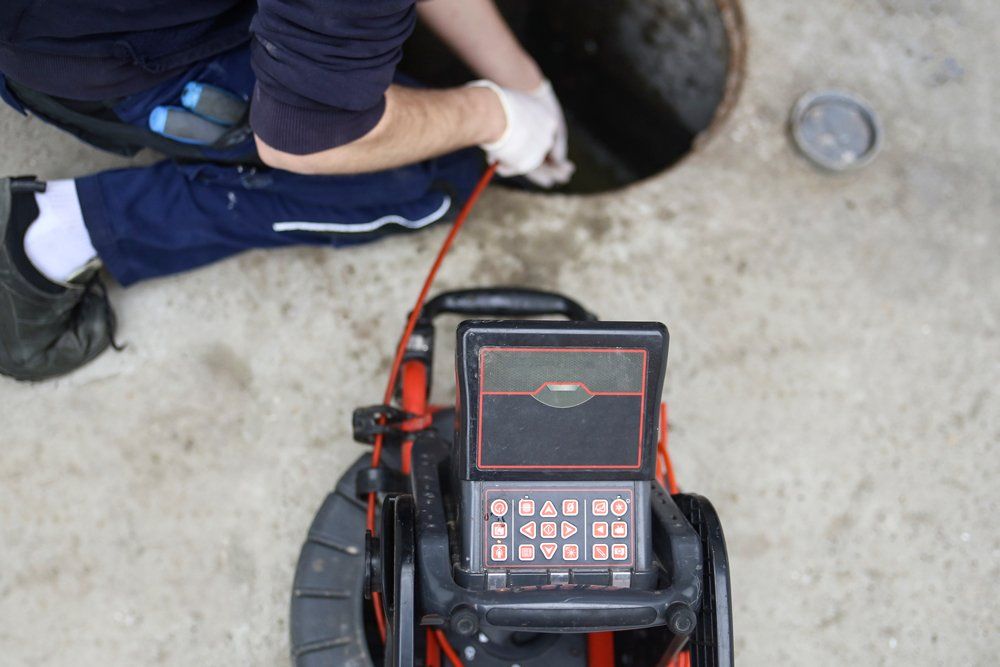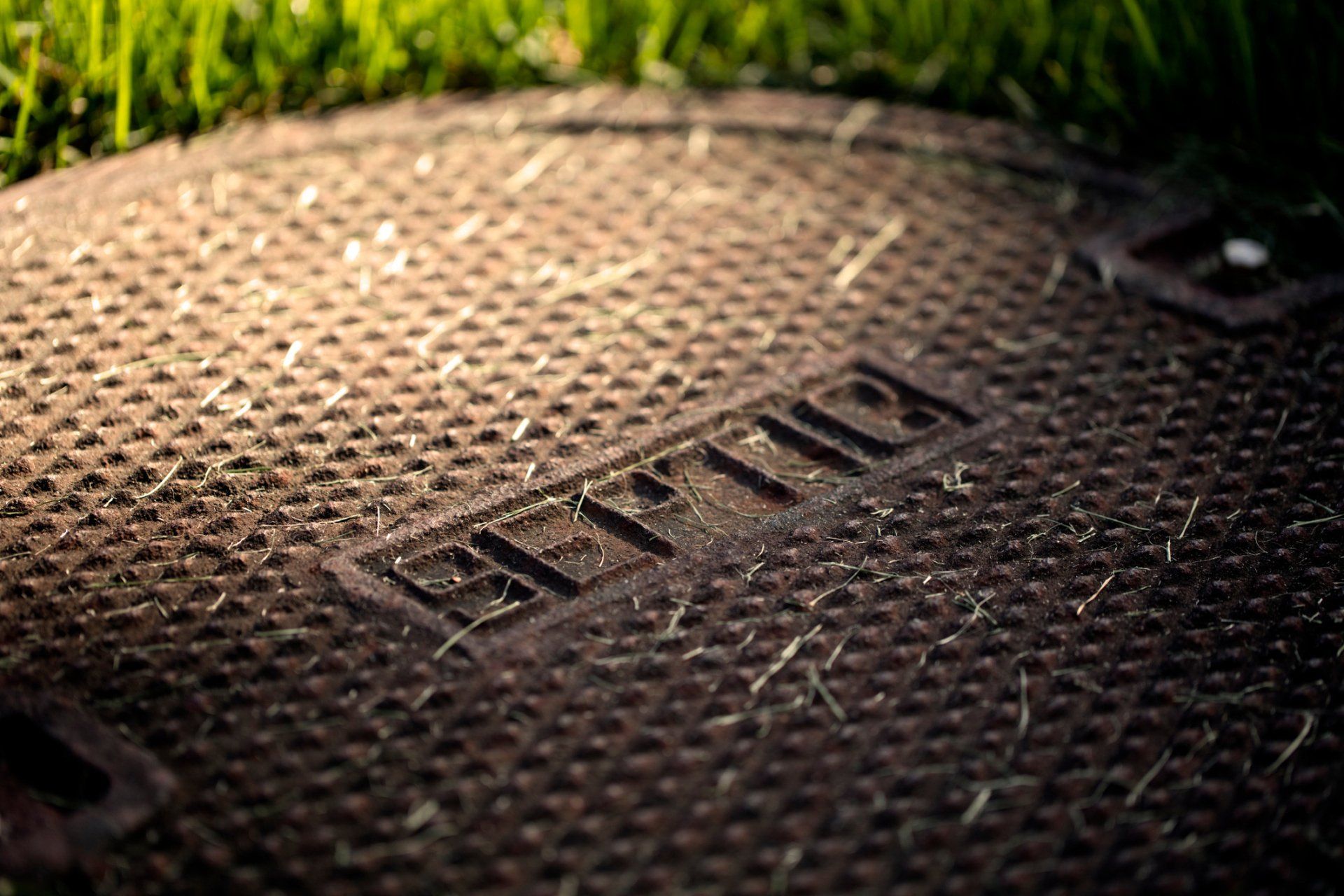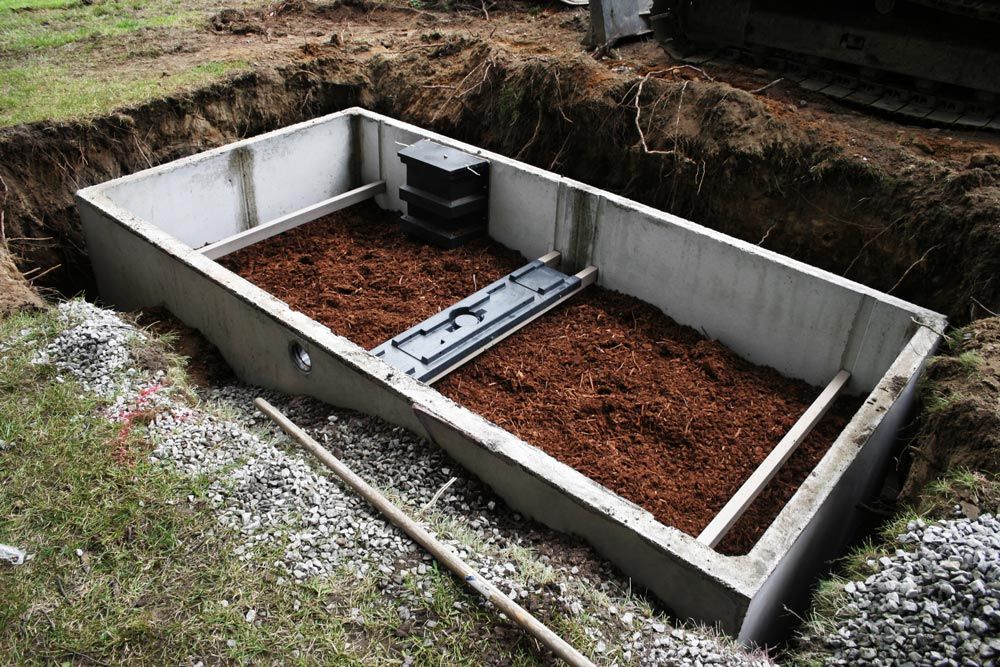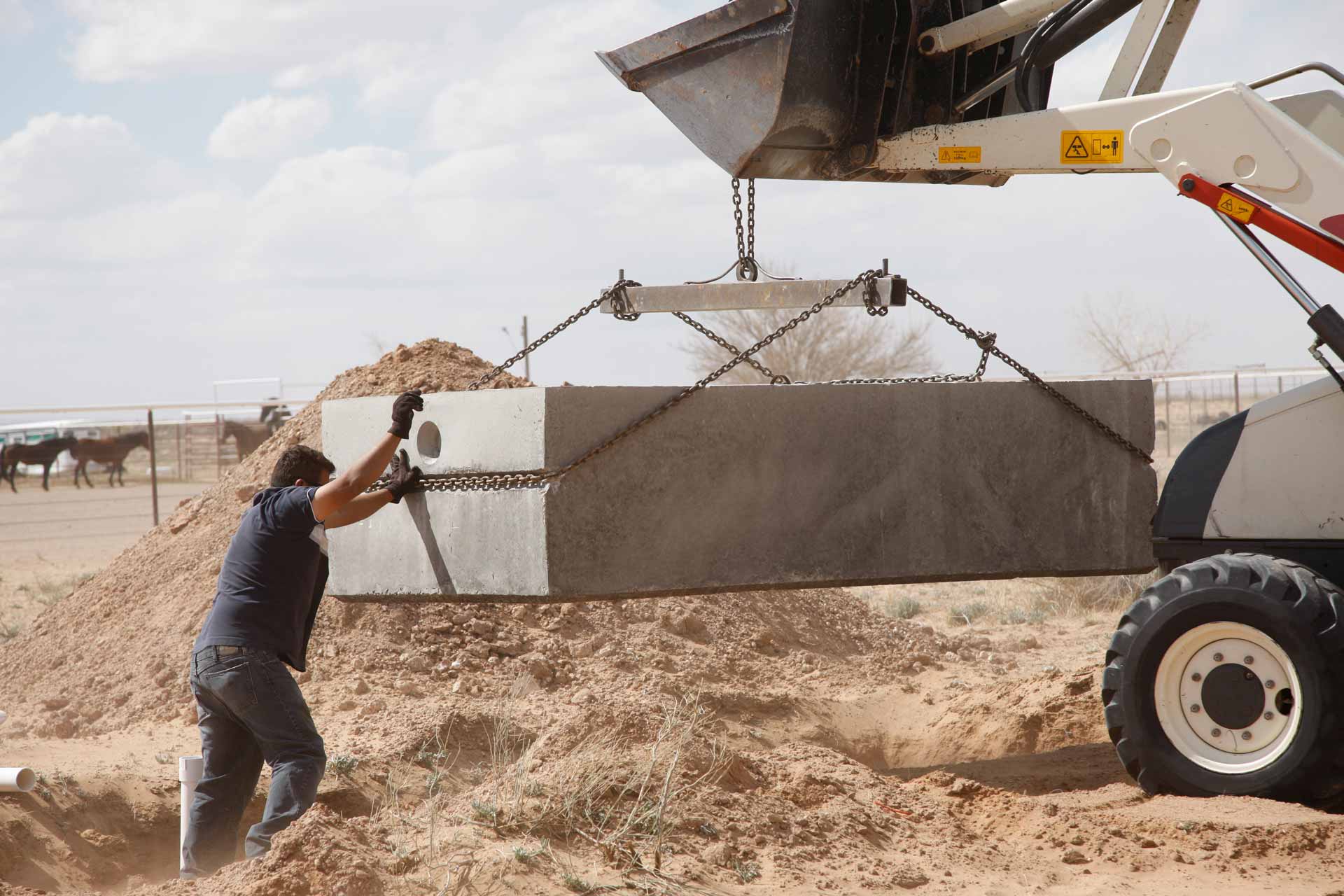4 Ways to Protect Your Septic Tank While Doing Your Laundry
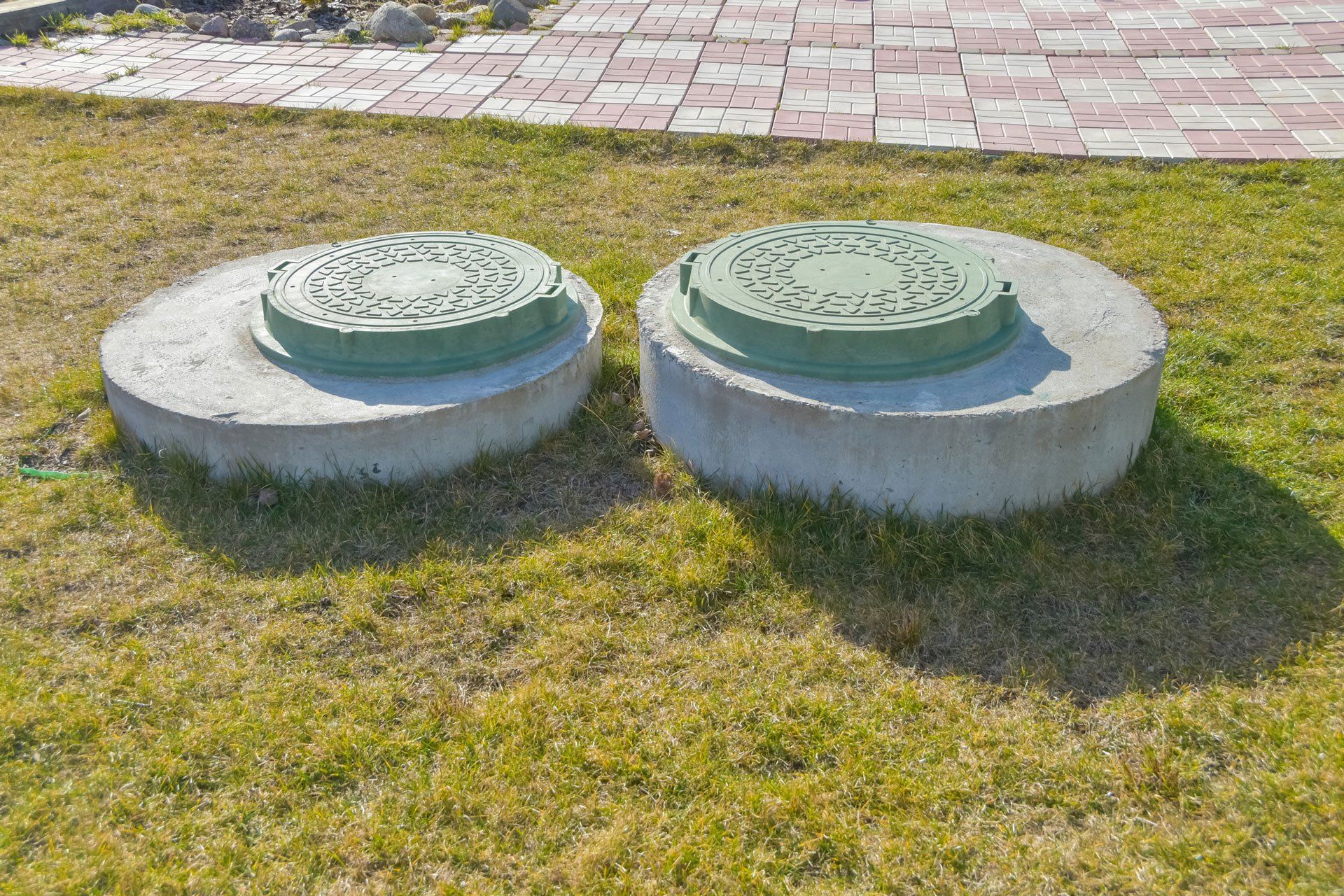
If your home relies on a septic tank system, you may have heard horror stories about catastrophic flooding caused by washing machines. Fortunately, most modern septic systems are entirely capable of handling wastewater from your washing machine, but irresponsible use can still cause serious problems in septic tanks and lines.
Erring on the side of caution will help to prevent washing machines from causing serious damage to your septic system. Keep the following guidelines in mind to ensure that your septic tank can handle everything your washing machine throws at it.
1. Use Detergents and Soaps Correctly
You might assume that throwing an extra dose of detergent in with your laundry is harmless, but excessive detergent use can cause serious damage to septic systems. Septic tanks rely on colonies of beneficial bacteria, which consume and process organic waste so it can be safely released into the tank's drain field.
Most laundry detergents contain cleansing chemicals, such as phosphates and surfactants, which can destroy these vital bacteria and prevent the tank from processing waste effectively. Under normal circumstances, detergents are diluted in the laundry water to the point where they will not harm the bacteria, but using too much detergent can expose the bacteria to lethal levels of these chemicals.
Using too much detergent can be especially harmful if you rely on detergent powders. Using too much laundry powder will cause the undissolved powder to clump together inside your septic system. If these clumps of powder get caught in the system's inflow lines, they can cause serious blockages, which may lead to sewage and wastewater backing up into your home.
As long as you use the correct amount of detergent with each laundry load, you shouldn't encounter any of these problems. However, if you want to play it safe, choosing liquid laundry detergents that do not contain phosphates, bleach, or nonylphenol ethoxylate (the most common surfactant found in laundry detergent.)
2. Clean Lint Filters Regularly
Cleaning your washing machine's lint filter regularly is particularly important for washing machines used with septic systems. If the lint filter becomes clogged, clumps of lint can escape into the septic system and may cause serious clogging if they get caught in the septic lines.
Lint that makes it into the septic tank system can also cause issues. Any non-organic fibers in the lint, such as threads from polyester or nylon clothing, will not be processed by the tank's bacteria and will settle in the bottom of the tank. Over time, accumulated lint and other indigestible matter can form a thick layer of impacted material inside the tank, reducing its overall capacity.
3. Don't Overload the System
Washing machines use a lot of water, and doing many loads of laundry in quick succession can overwhelm your septic tank system. If too much wastewater flows into the tank in a short space of time, the tank may be forced to release waste into the drainfield before it has been processed. This can cause serious problems with drainfield clogging and contamination, which are usually expensive to repair.
The amount of laundry you can do in a day will depend largely on your septic tank's holding capacity. If your tank is relatively large, you should be able to wash several average-sized loads in a day without causing problems. However, older septic systems tend to have smaller tanks, so you should space out your laundry loads if you live in an older home.
4. Consider a New Washing Machine
Another way to avoid overwhelming your tank with laundry water is by investing in a newer washing machine. Modern washing machines must meet strict energy efficiency regulations, and use a lot less water than older models. They can be expensive, but a newer washing machine will allow you to do laundry more frequently without worrying about septic system problems.
Follow these simple rules, and you should have no issues using your washing machine alongside a septic tank system. If you have any more questions about how to protect your septic system, contact the septic system experts at Pete's Outflow Technicians for professional advice and recommendations.

